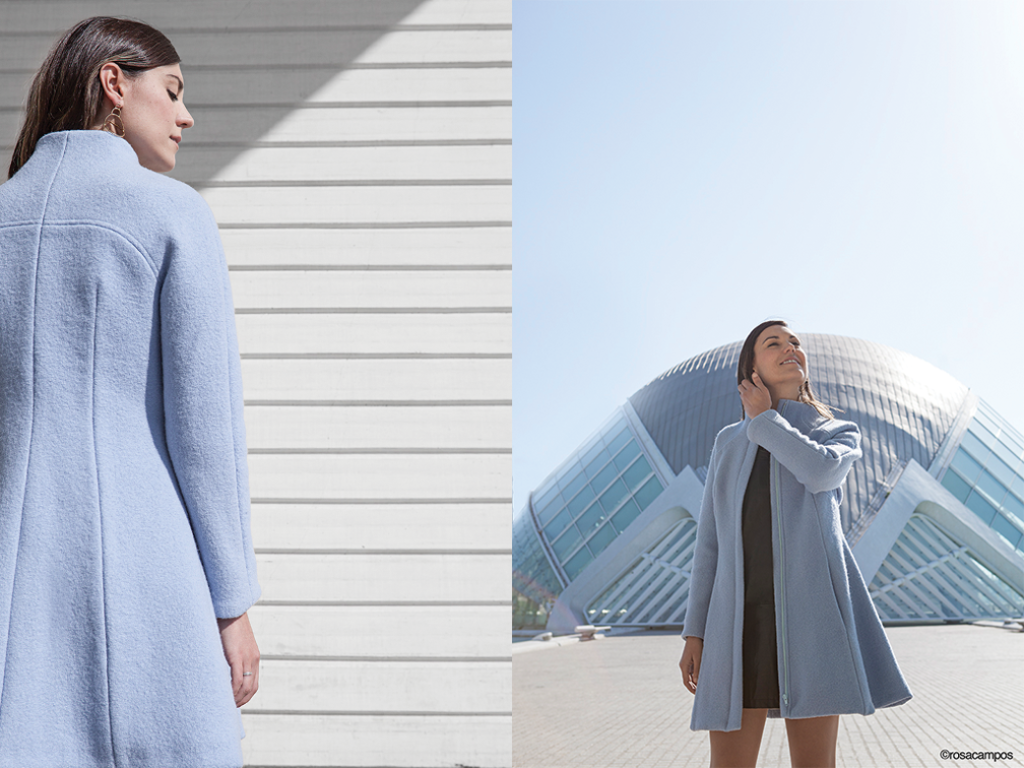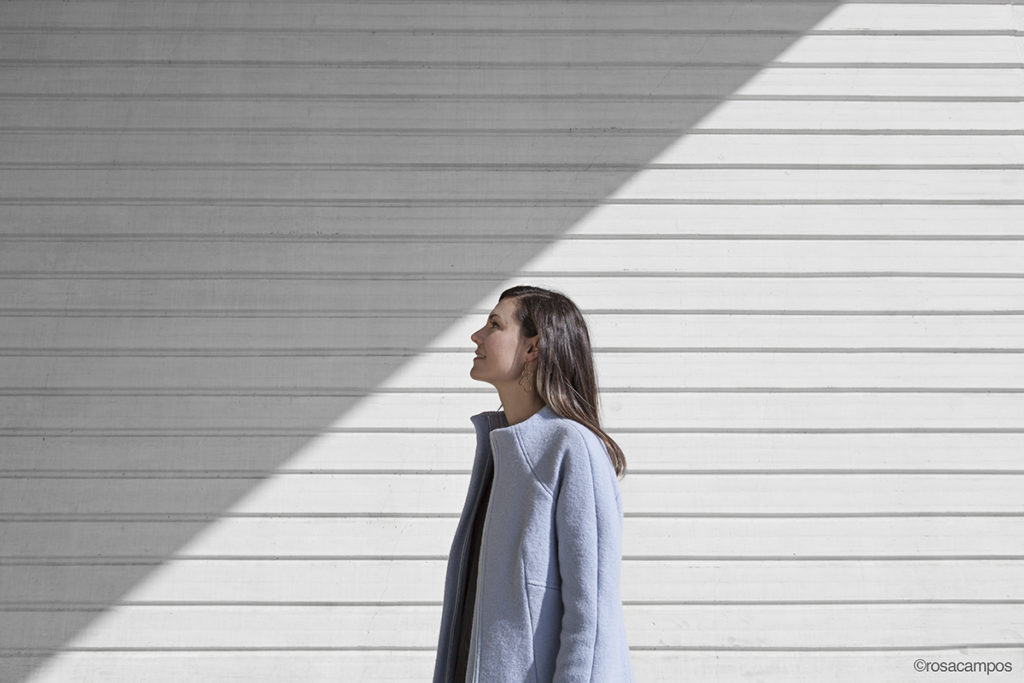We are very excited to share this new video tutorial about the Hemisfèric Coat with you today!
It’s a perfect visual help for all of you who don’t feel secure enough to try this project. So, don’t be afraid anymore and take your sewing machine, your fabric and your scissors and enjoy watching our video tutorial!
If you have any question, feel free to ask in the comment section or send us an email at info@paulinealicepatterns.com, we’ll be happy to help. And don’t hesitate to share your Hemisfèric Coat with us on social media with the hashtag #HemisfericCoat.

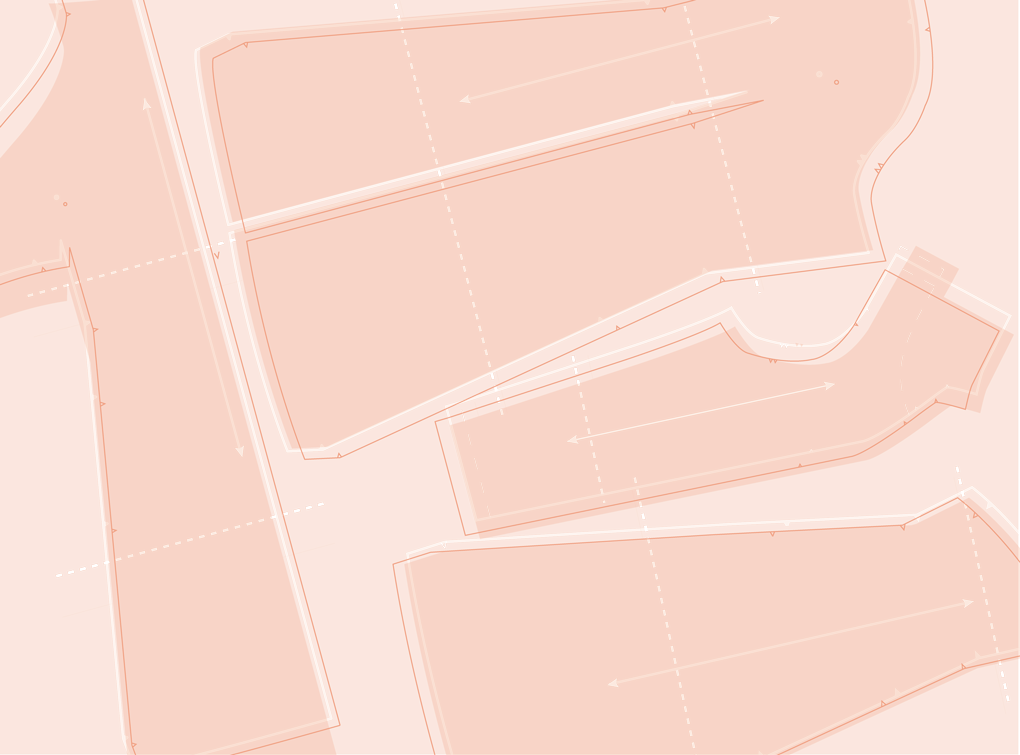
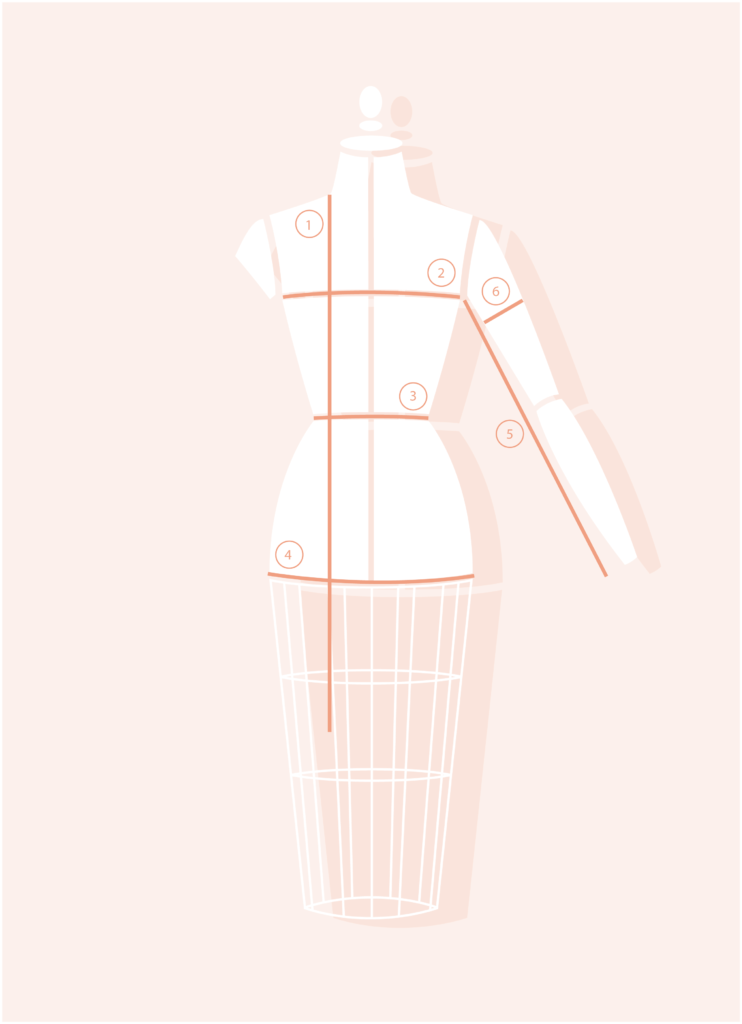

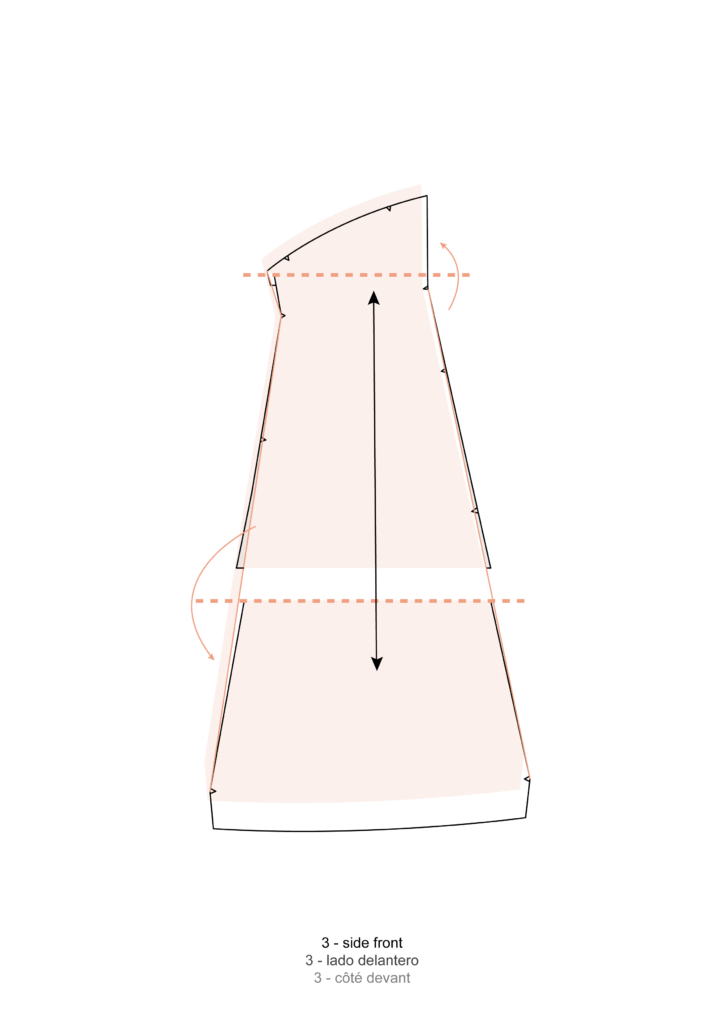
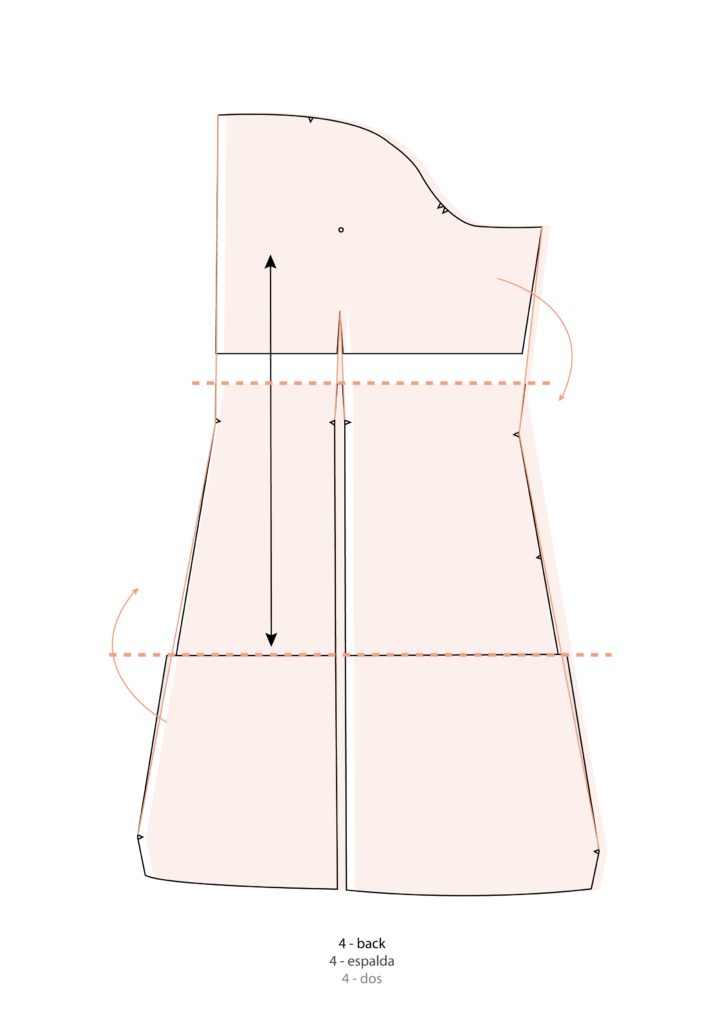
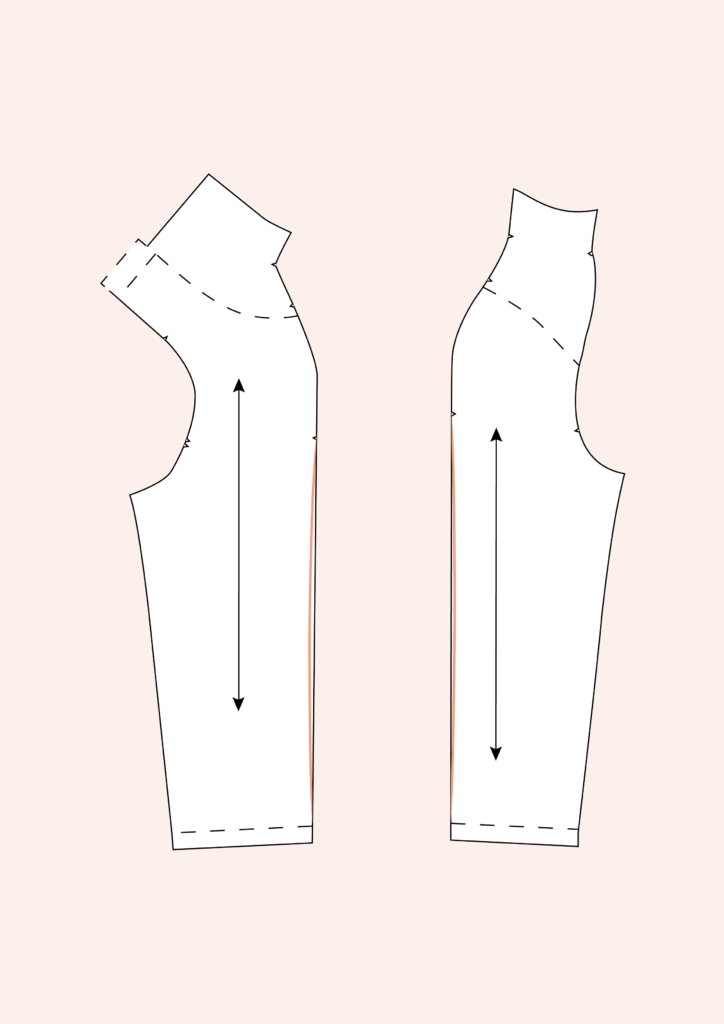
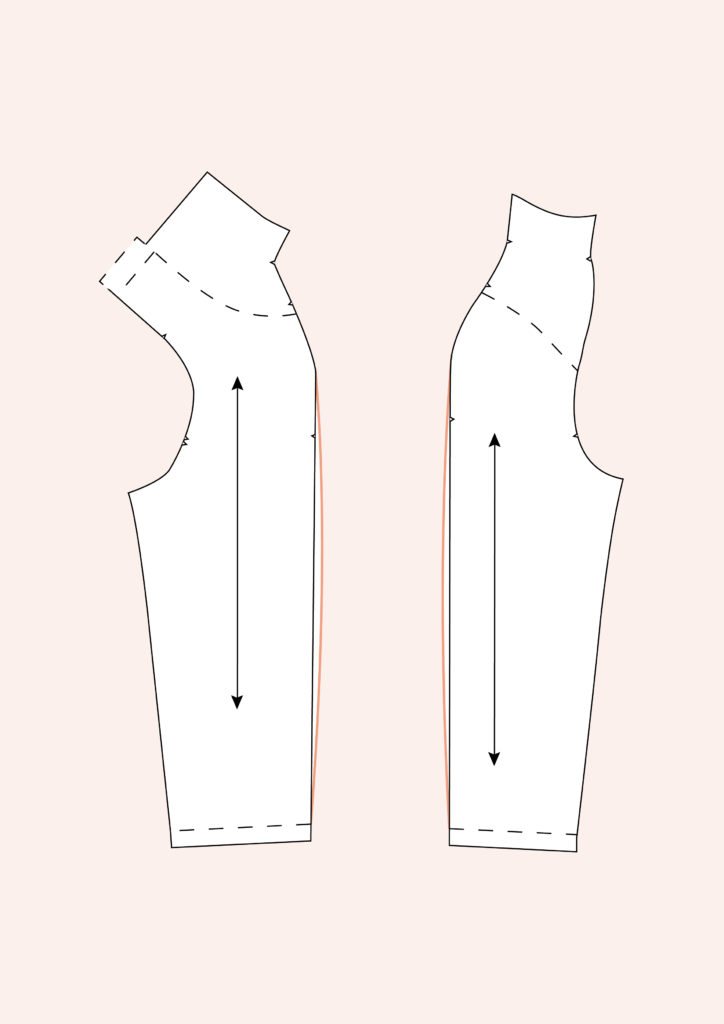
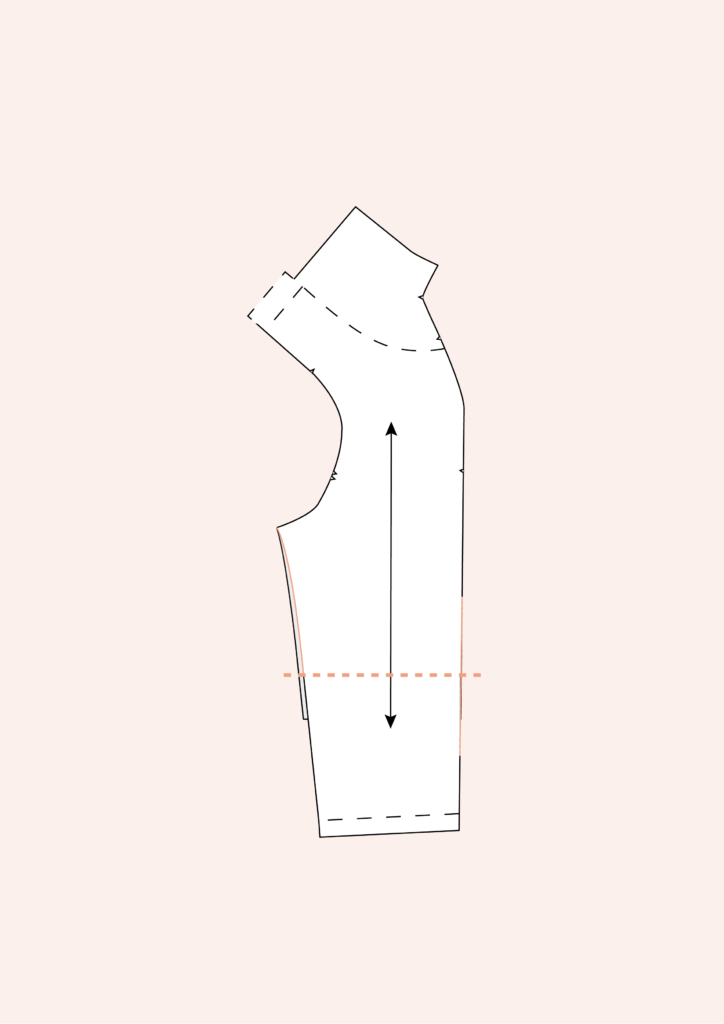
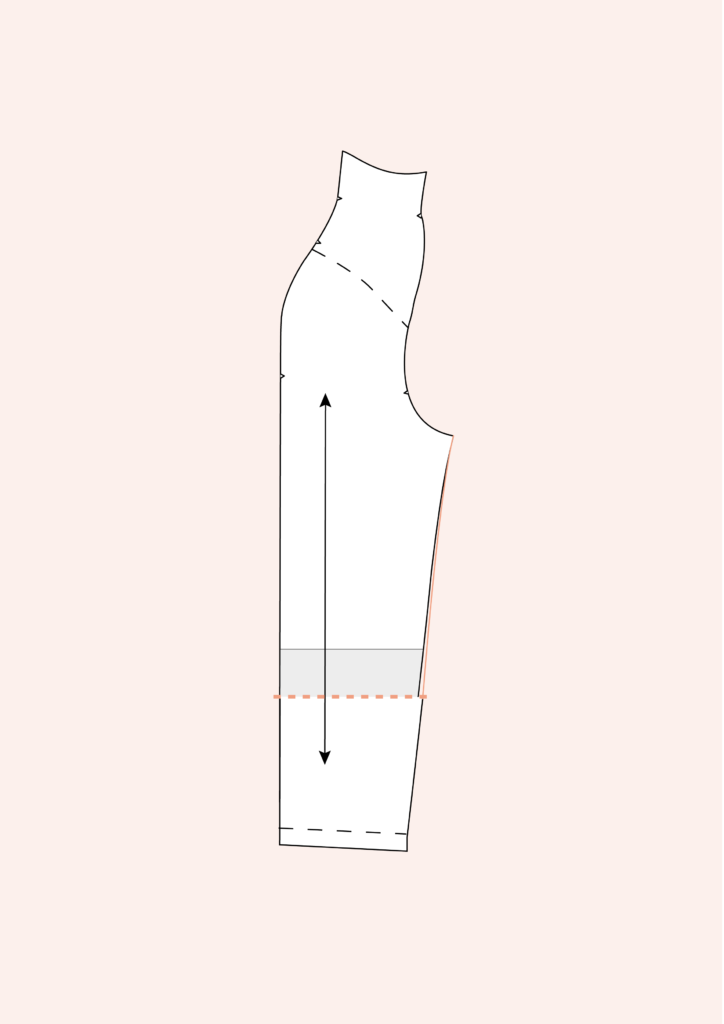
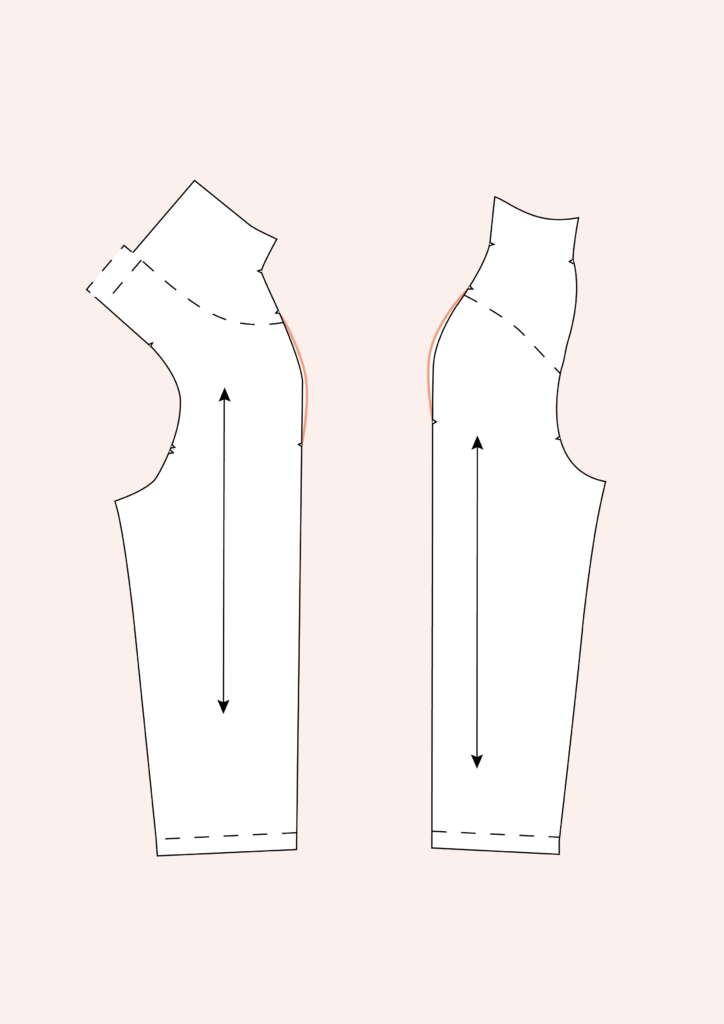
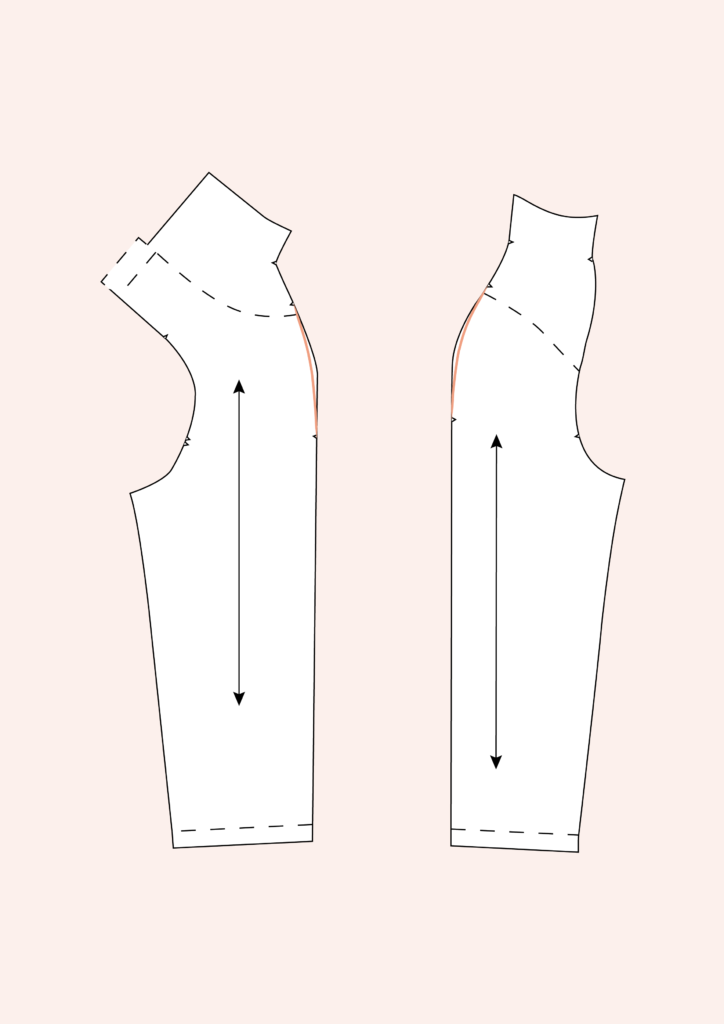
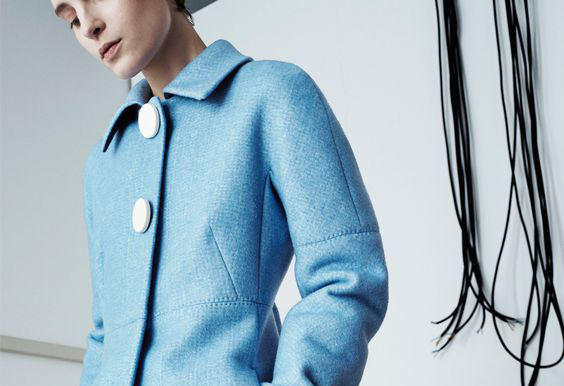
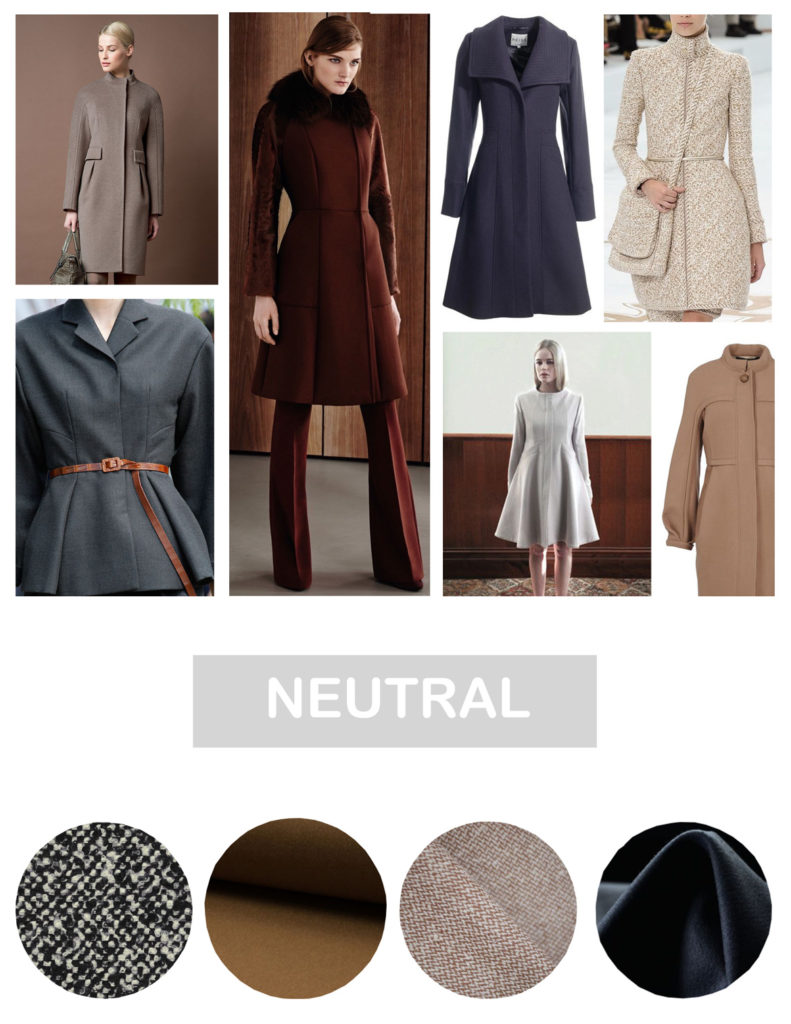
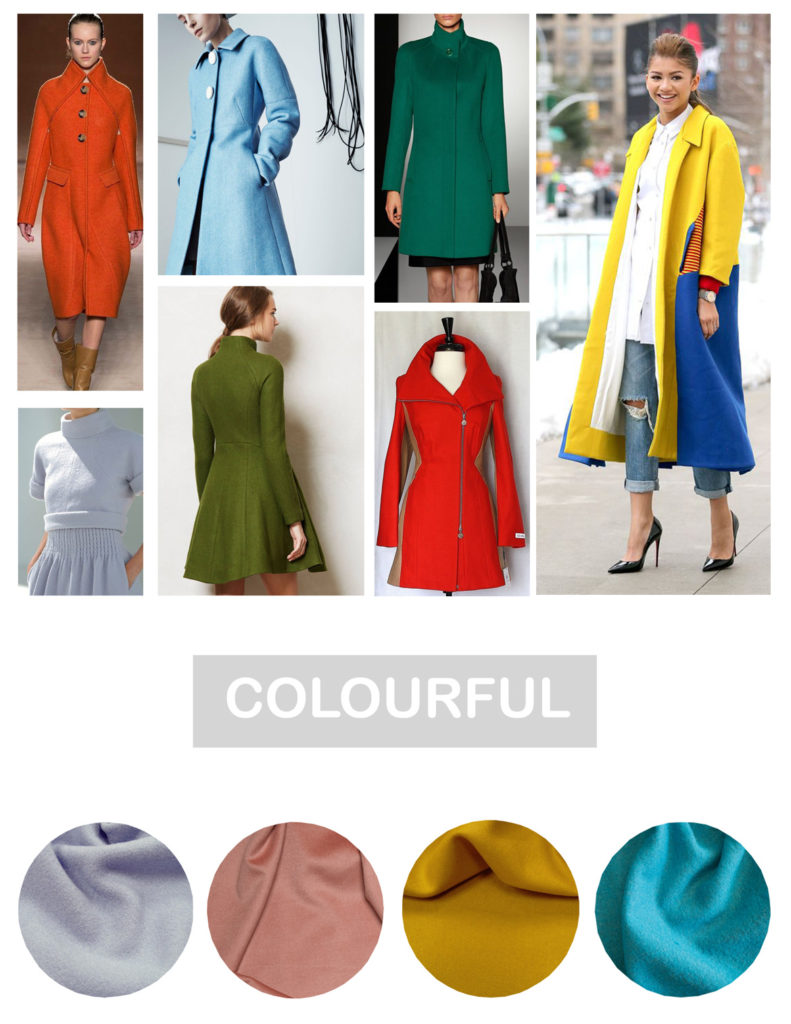
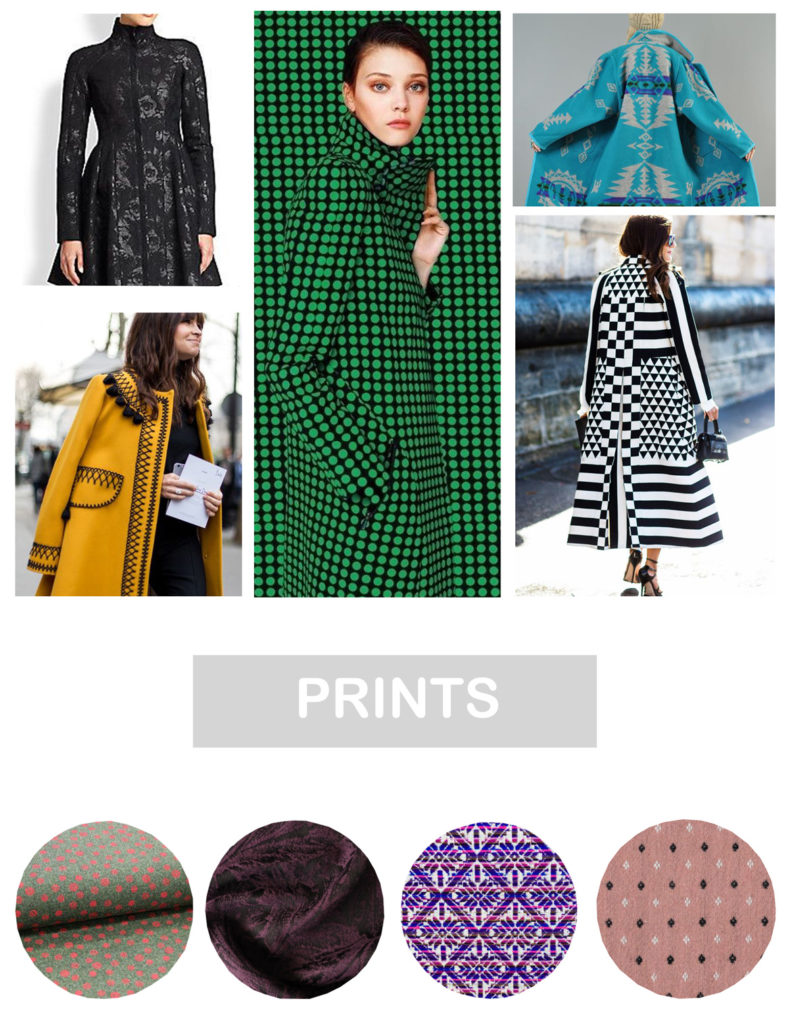

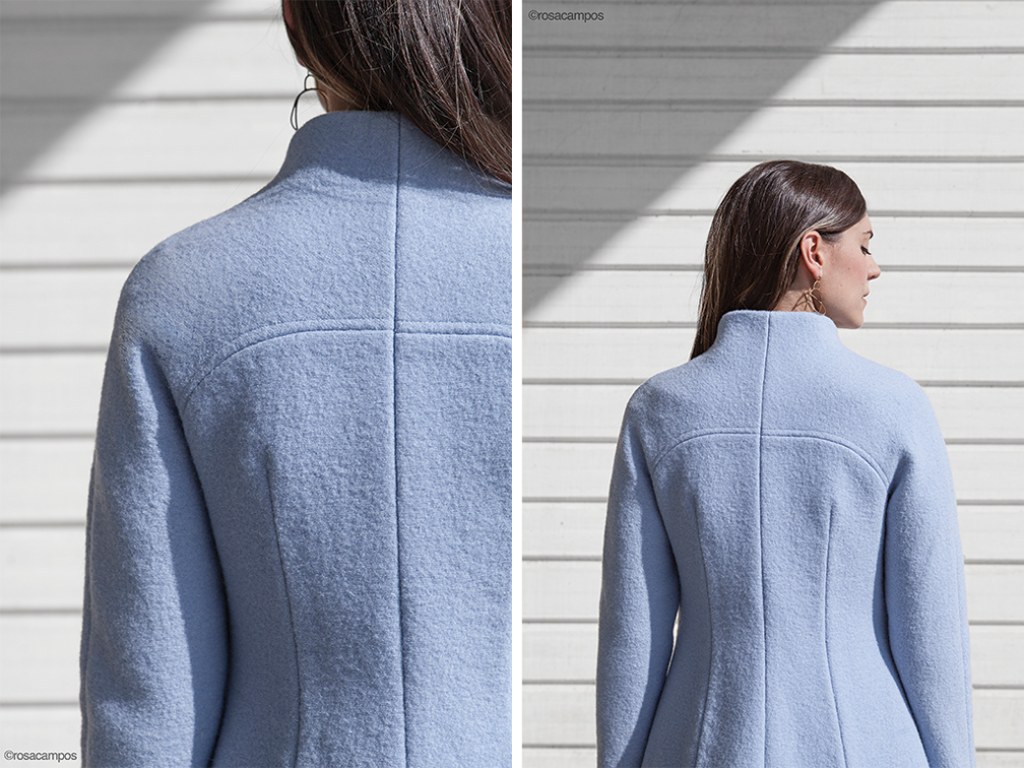
 Hemsifèric features a classic shape with strong construction lines: waist darts in the front with shaped side panel, back darts and shaped raglan sleeves… The short funnel collar will keep you warm and stylish. There are inseam pockets and the coat ends at mid-thigh.
Hemsifèric features a classic shape with strong construction lines: waist darts in the front with shaped side panel, back darts and shaped raglan sleeves… The short funnel collar will keep you warm and stylish. There are inseam pockets and the coat ends at mid-thigh.